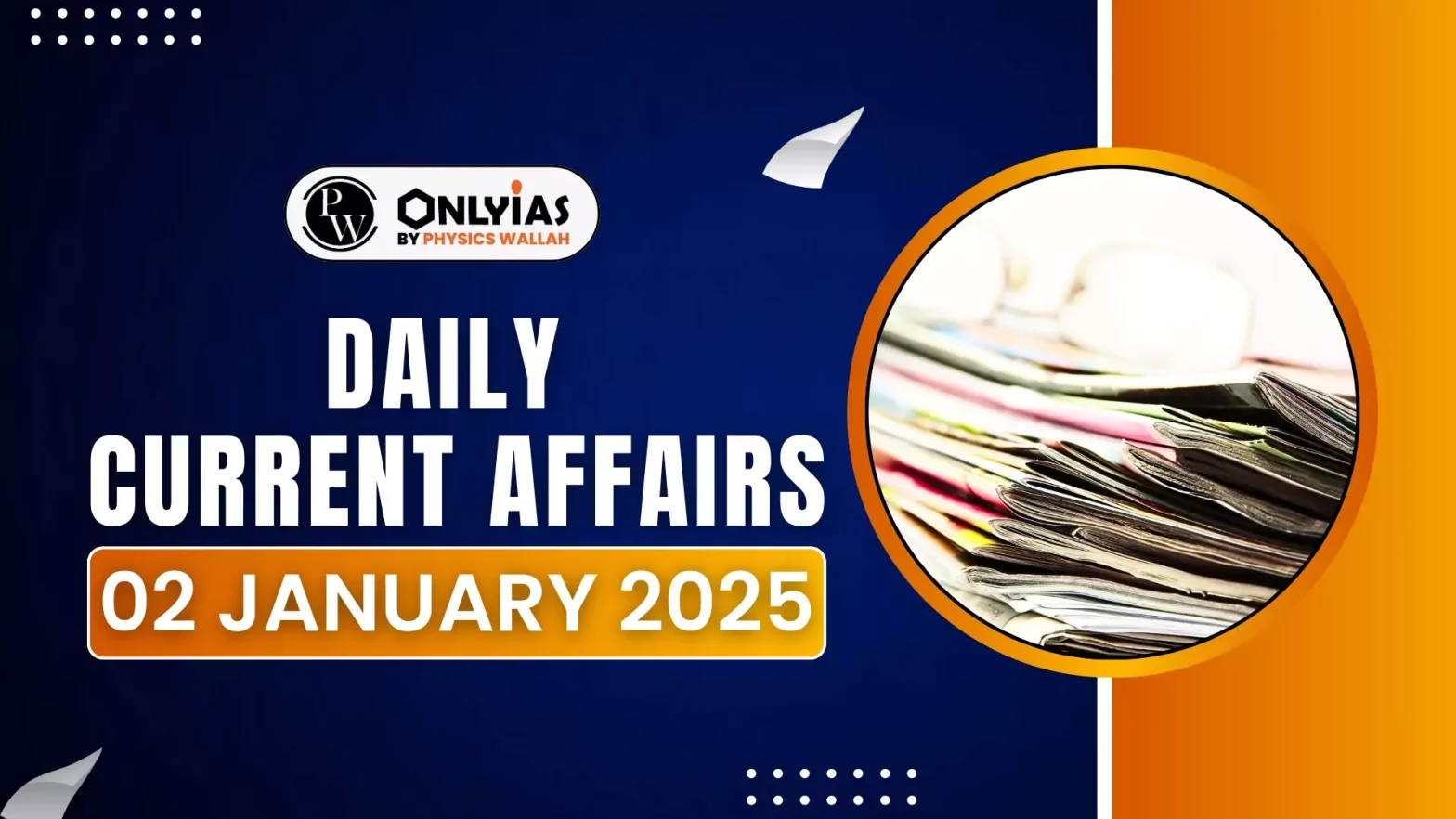The special subsidy of ₹3,500 per tonne on Di-Ammonium Phosphate (DAP), originally set to end on December 31, 2024, has been extended until December 31, 2025.
- To control farmgate prices of DAP, India’s second most-consumed fertiliser, despite the recent depreciation of the rupee.
Diammonium phosphate (DAP)
- It is made from two common macronutrients phosphate and nitrogen.
- The composition of DAP is 18% Nitrogen and P2O5 46%.
- It is popular because of its relatively highest concentration of phosphate and nitrogen content coupled with its excellent physical properties.
- It is an excellent source of P and N for plant nutrition.
|
Enroll now for UPSC Online Course
Import Cost of DAP
- Fiscal Cost: The additional ₹3,500 per tonne subsidy will cost the government approximately ₹6,475 crore.
- Challenges Due to Falling Rupee: The rupee’s depreciation from ₹83.8/USD to ₹85.7/USD has increased the landed cost of DAP imports.
- Fertiliser companies’ gross realisation of ₹52,411 per tonne (MRP + subsidies) is still below the landed cost of ₹54,160.
- Compensation for Imports: In September 2024, the government approved full compensation for DAP imports above $559.71 per tonne for shipments arriving between September 1, 2024, and March 31, 2025.
- Exchange rate considered for compensation: ₹83.23/USD (now outdated due to further depreciation).
Industry Concerns
- Fertiliser Stock Levels and Supply Concern: Current Stock Levels (as of mid-December 2024) of DAP is 9.2 lakh tonnes (down from 13 lakh tonnes year-on-year).
- Complex fertilisers stock decline : 23.7 lakh tonnes (down from 32.3 lakh tonnes year-on-year).
- Industry demand: Companies suggest the need for either increased subsidies to match rising costs, or permission to raise the MRP of DAP by at least ₹1,500 per tonne.
Upcoming Challenges
- Need of Import: Adequate imports of both finished fertilisers and raw materials are required to ensure sufficient availability for the kharif season (June-July 2025).
- Without imports, there could be supply disruptions, as stocks are already below year-ago levels.
- Seasonal Impact: The current consumption season (rabi crop) is over, so any MRP increase would have minimal immediate impact.
- The price rise will impact the input cost in next kharif season.
Check Out UPSC CSE Books From PW Store
Way Forward
- Increase Subsidies Temporarily: To offset the rising costs due to rupee depreciation, the government can provide additional short-term subsidies to ensure affordability for farmers.
- Encourage Domestic Production: Promote domestic manufacturing of DAP and intermediates to reduce dependency on imports.
- Exchange Rate Hedging: Fertiliser companies could hedge against currency fluctuations to mitigate risks.
- Alternative Fertilisers: Promote balanced fertilisation using alternative and indigenous fertilisers like bio-fertilisers to reduce reliance on DAP.
- Strengthen Stock Management: Maintain higher buffer stocks by ensuring timely imports of both fertilisers and raw materials.
- Technology & R&D: Invest in research for cost-effective fertiliser formulations and sustainable farming practices. For Example , introducing Nano-DAP at affordable prices.
Additional Reading: Nano DAP
![]() 2 Jan 2025
2 Jan 2025

